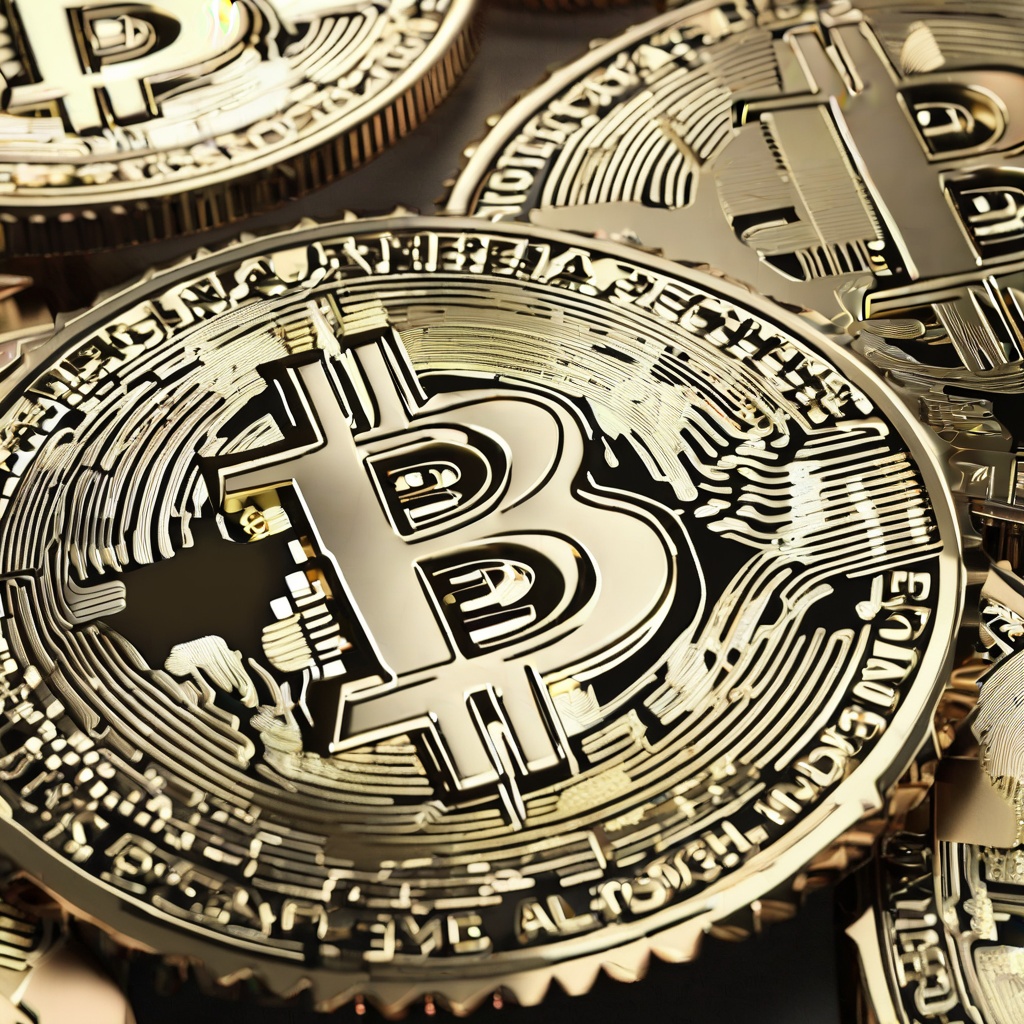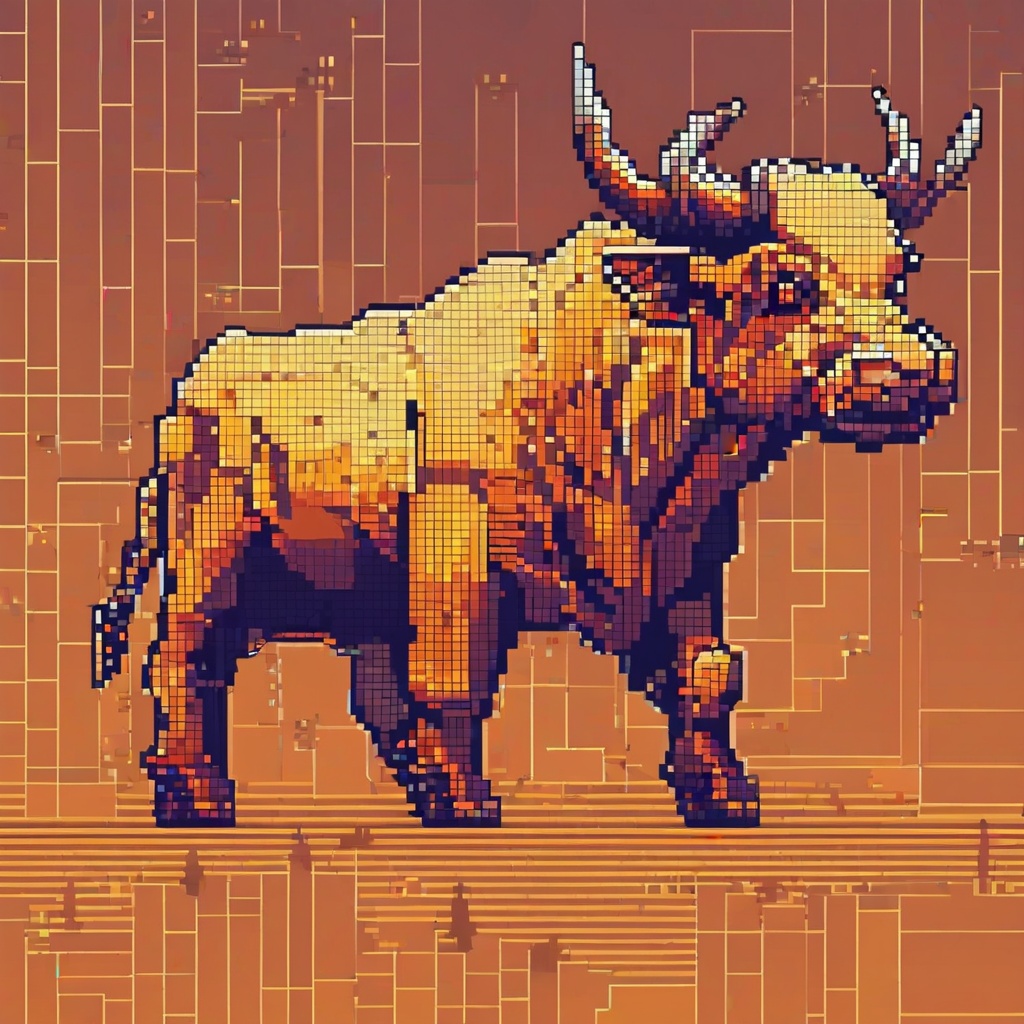Which coin has more supply?
I'm curious to understand which cryptocurrency has a larger supply in the current market. With the plethora of digital currencies available, it's challenging to keep track of their individual supply figures. Could you elaborate on which coin, in your opinion, boasts a more significant amount in circulation? Understanding the supply of a coin is crucial in assessing its potential value and market position. So, which cryptocurrency holds the upper hand in terms of supply?

What is the supply of Elon coins?
As a keen observer of the cryptocurrency market, I'm curious to understand the supply dynamics of Elon coins. Could you elaborate on the total number of Elon coins in circulation? How is the supply managed and regulated? Is there a predetermined limit to the maximum supply, similar to Bitcoin's 21 million cap? Additionally, are there any plans to adjust the supply in the future, such as through mining rewards or staking mechanisms? Understanding the supply of Elon coins is crucial in assessing its potential value and market impact.

What does token circulating supply mean?
Could you please elaborate on the concept of "token circulating supply" in the context of cryptocurrency? I'm particularly interested in understanding how it differs from the total supply and how it impacts the market value and liquidity of a token. I've heard that it's a crucial metric for investors to consider, but I'm not entirely sure how to interpret it. Could you break it down in a way that's easy to understand, perhaps with an example? I'd appreciate your insights into this topic.

Is Cardano supply infinite?
Could you elaborate on the question of whether Cardano's supply is infinite? Given the nature of cryptocurrencies and their finite supply models, it's crucial to understand the specifics of Cardano's issuance schedule. Does Cardano have a capped supply like Bitcoin or is there potential for an unlimited amount to be minted? Clarifying this distinction could significantly impact investors' perceptions of the coin's long-term value and scarcity. Additionally, what factors influence the issuance rate of Cardano and are there any planned adjustments to the supply over time? Answers to these queries could help frame the conversation around Cardano's supply model and its implications for the market.

How much supply does DOGE have?
As a cryptocurrency enthusiast, I'm curious to understand the fundamental supply dynamics of Dogecoin, colloquially known as DOGE. Could you elaborate on the current supply of DOGE and how it's structured? I've heard that Dogecoin has an infinite supply, but I'm wondering if there are any caps or limits in place that might affect its long-term value. Understanding the supply mechanism is crucial for investors to make informed decisions, so I'm eager to gain insights from your professional perspective.

